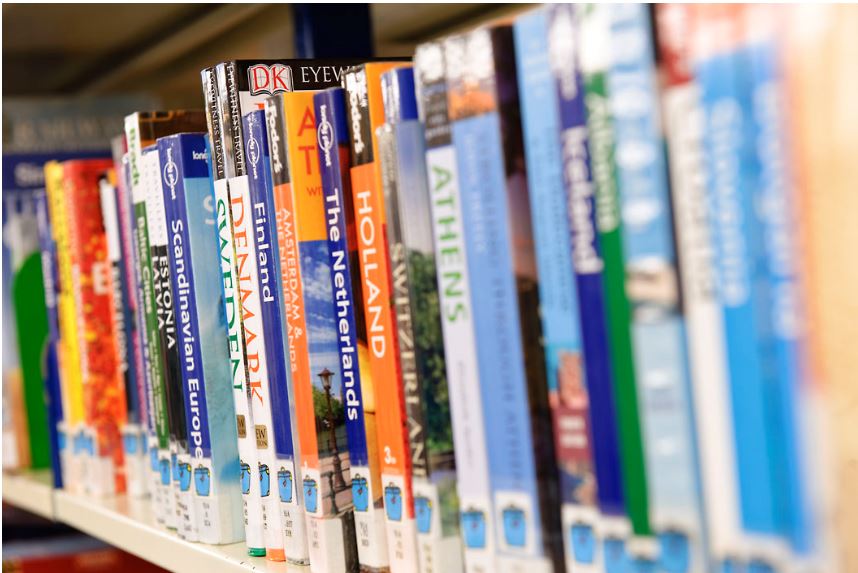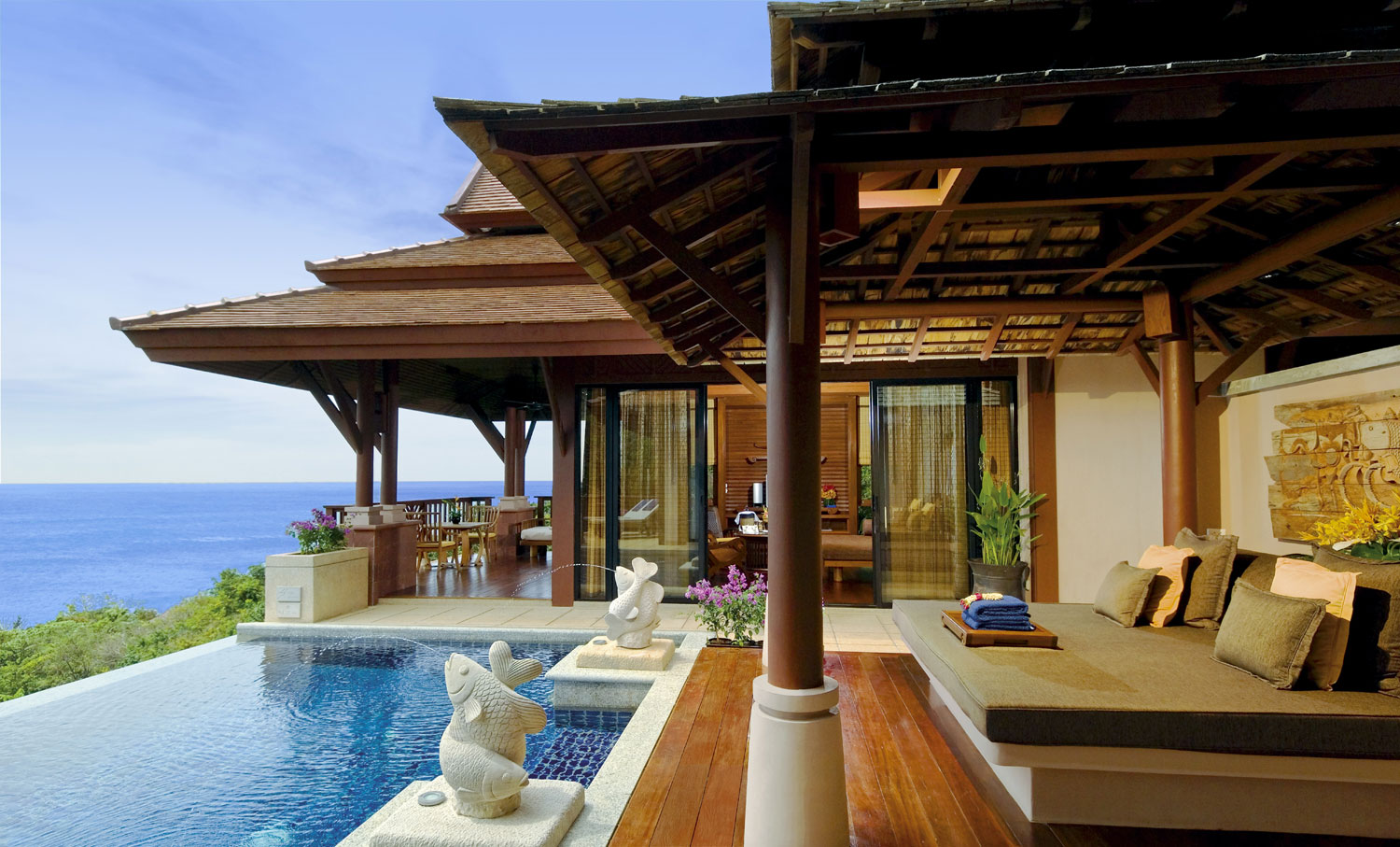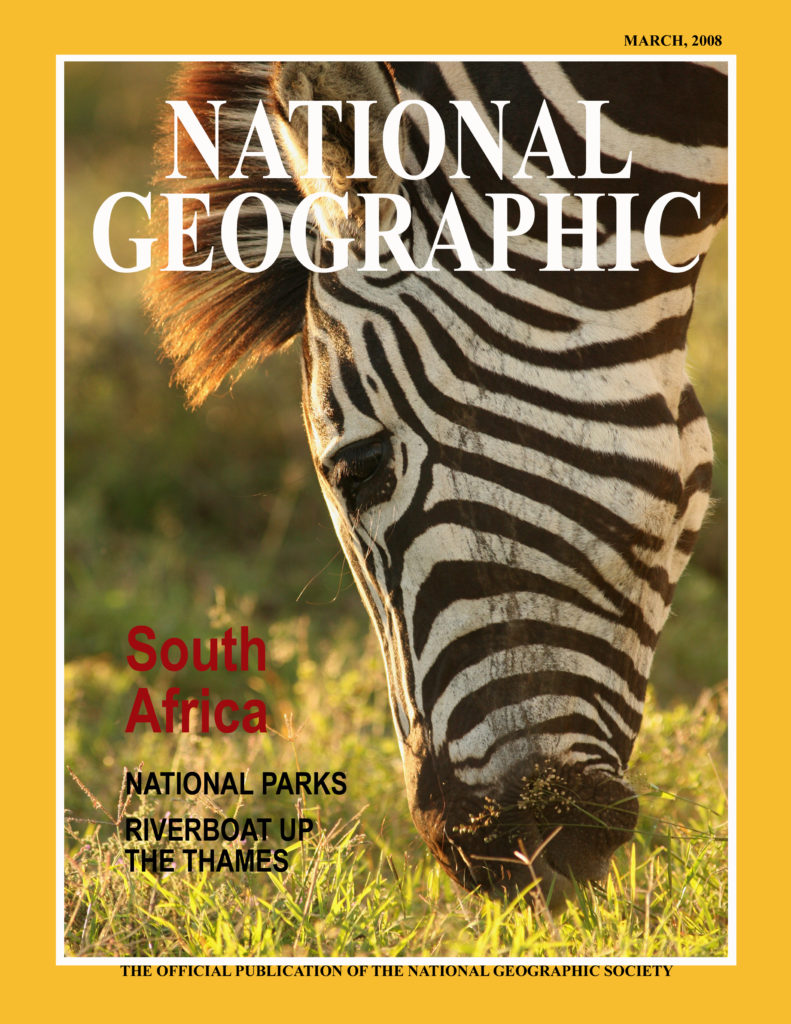
Are you one of those spontaneous, fly-by-the-seat-of-your-pants travelers? The kind who books a flight, throws a few things into a carry-on bag, and takes off? If so, this is not the blog for you. I admit to being a careful—many would even say “obsessive”—travel planner. I have every night booked long before I leave home and I usually have a general idea of what I’ll be doing each day. Having plotted out many trips over the years, I find this works for me. I find decision-making one of the most stressful parts of travel, so I like to have the bulk of that out of the way so I can relax and enjoy the actual trip.
I have friends who like nothing better than to hop from one bed and breakfast to another, never knowing where they will lay their heads that evening. To me, that would be a nightmare; I would spend far too much of my precious vacation time worrying about finding a place to sleep.
Yes, there are disadvantages to my method: I can’t decide on the spur of the moment to stay another night somewhere or tear off across the country when I hear there’s a great festival happening “up north.” I try to mitigate those disadvantages with detailed research that allows me to make good choices in advance. Besides, I tell myself, I can always return in the future if a particular spot warrants a longer visit or I miss an event.
The process I use for planning is the same whether it’s a long or short trip, but I find that the longer the trip, the more difficult the logistics, so the itinerary becomes even more crucial.
1/ Get the biggest map of your destination that you can find. There are map stores or travel specialty stores in most large cities, or you can buy online.
2/ Research as much general information as you can about the destination. What is the climate like at different times of the year? Are there times you need to avoid e.g., hurricane season, hot season, local school holidays? When is high season, low season, shoulder season? Will you need to take health precautions? What are the different areas of the country? Which city(ies) are you likely to arrive in and depart from? How much will the major flights cost? What is the standard of accommodations in city and country? How far apart are the accommodations in the country? What are the roads like? How difficult will it be to travel if you don’t speak the local language? Will you need to fly between areas or will you drive? Are there trains, buses, ferries? Are there safety issues e.g., carjacking, kidnapping, conflict zones?
I’m still old-fashioned enough to do most of this research via travel guidebooks, but I also consult online trip reports, blogs, Tripadvisor, and forums like Thorn Tree (Lonely Planet’s site) for specific and timely information.
3/ In simple list form, note the dates of any specific events you would like to experience, such as festivals, holidays, natural events (e.g., animal or bird migrations, flowers blooming, trees in fall colors). Based on the time of year you can or want to visit, which events might you be able to attend?
Note the names, general locations, and points of interest of specific towns or areas. For example, you might write:
Mindo (1.5 hr west of Quito) – excellent birding, zipline, Sunday market, Milpe Lodge
4/ Start to build a calendar. I use a table in Microsoft Word with seven columns (one for each day of the week) and as many rows as I need for the weeks I’ll be travelling. I fill in tentative dates for each box. Here’s what it looks like (far left column is Sundays).

Sometimes, I’ll have two of these tables at first with alternative sets of dates. This lets me build a couple of itinerary options based around specific flight dates, for example (April 18 and May 16 vs May 3 and May 31) or travel season (high season vs shoulder season).
5/ Transfer over to your calendar those event dates and the points of interest from #3 above. If an event stretches over several days, include it on each calendar day that it runs. You may only want to attend one day, but at this stage, you don’t necessary know which day that will be. Also include where you’ll need to be for each item.

6/ Research flights for best routes and cheapest options. Now that you’ve got a general idea of when and where you want to be, you can start looking at flights. Unless you’re bound to a very strict timeline, always check several departure dates and return dates, as prices can vary quite significantly depending on which day of the week you fly. You can also research airport options. For example, most people fly in and out of Costa Rica through San Jose. We found that arriving at and departing from Liberia worked better for our itinerary and gave us better routing. As it turned out, the smaller airport was a real breeze and we were more than happy with our choice.
More next week on finalizing your plans.
Is this all waaaaay too fussy for you? Do you think spontaneity is the essence of travel pleasure? Tell me your opinion in a comment.







 I love it when people share their travel experiences with me.
I love it when people share their travel experiences with me.